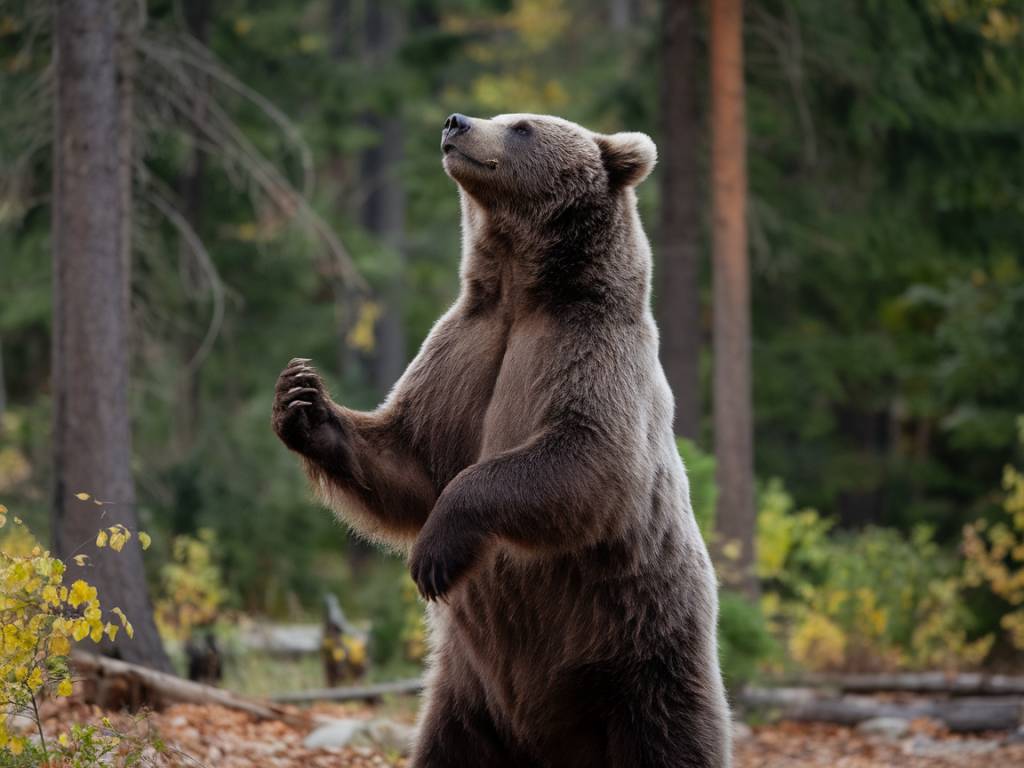
How to avoid dangerous wildlife encounters during your adventure
Embarking on an adventure into nature is an exhilarating experience. The thrill of hiking through an untamed wilderness, camping under a star-studded sky, or trekking in remote areas can be incredibly rewarding. However, it’s essential to prepare for encounters with wildlife to ensure these experiences remain both safe and enjoyable. Here, I share key strategies and precautions one can take to avoid dangerous wildlife encounters during outdoor excursions.
Understanding Wildlife Behavior
First and foremost, understanding the behavior of wildlife in the area you’re exploring is crucial. Different species exhibit various patterns and responses to human presence. For instance, bears are generally more active during dawn and dusk, while snakes might be more visible during warm afternoons, basking in the sun.
Knowledge is power when it comes to wildlife. Familiarize yourself with the types of animals you might encounter and their typical behaviors. This can help you predict and avoid potentially dangerous situations. Local guides, park rangers, and online resources are invaluable in this regard.
Planning and Preparation
Proper planning and preparation are the cornerstones of a safe wildlife adventure. Here are some tips to consider:
- Research the local wildlife and terrain of your destination.
- Check if permits are required for the areas you plan to visit.
- Learn about the local regulations concerning wildlife interaction.
- Carry maps, GPS devices, and a compass; know how to use them.
Being aware of your environment can help you avoid areas where wildlife is known to congregate. This level of preparedness can significantly reduce the risk of unexpected encounters.
Traveling in Groups
One effective way to deter wildlife is by traveling in groups. Wildlife typically avoids human interaction, and the presence of several people can make animals steer clear. Group hiking also ensures that, in the event of an emergency, support is immediately available.
Make sure to communicate consistently within the group. Establish signals or codes for specific situations, such as sightings or potential dangers. This kind of communication framework ensures everyone is aware and can react quickly to changes in the environment.
Making Noise
Many wildlife encounters happen because animals are taken by surprise. Making noise while trekking, such as talking, clapping, or using bells, alerts animals to your presence, giving them ample opportunity to move away. This is especially useful in dense areas or places with limited visibility, where sudden confrontations are more likely.
Be cautious, though. Excessive noise can disturb the natural tranquility that many seek when embarking on wilderness adventures. It’s about finding a balance – being audible enough to warn wildlife but not so loud as to disrupt the natural environment or other adventurers.
Proper Food Storage
One of the major attractions for wildlife, especially in camping areas, is food. Improper food storage can lead to dangerous encounters with animals searching for an easy meal. Here are some food storage tips:
- Use bear-proof containers to store food and scented items like toothpaste and sunscreen.
- Hang food bags at least 10-15 feet off the ground, away from the campsite.
- Dispose of food waste properly, sealing it in bags and using designated trash containers if available.
Minimizing food odors and keeping a clean campsite are proactive ways to prevent wildlife from associating your site with an easy source of food.
Keeping a Safe Distance
If you happen to spot wildlife, maintaining a safe distance is crucial. Approaching wild animals can be unpredictable and dangerous. Use binoculars or a zoom lens to observe from afar.
The recommended distance varies by species. For example, one should stay at least 100 yards away from bears and wolves and about 25 yards from other wildlife like deer or moose. Respecting these boundaries can significantly reduce the likelihood of an aggressive encounter.
Carrying Deterrents and Defense Tools
Carrying deterrents and defensive tools is another excellent strategy when venturing into wildlife habitats. For instance:
- Bear spray is effective in deterring aggressive bears.
- Whistles or air horns can startle and scare off many animals.
- Trekking poles can be used to make noise or appear larger.
It’s important to know how to use these tools correctly. Practicing in a safe environment ensures you can quickly and effectively deploy them if necessary.
Avoiding Disease Transmission
Wildlife can carry diseases transmittable to humans, such as rabies, Lyme disease, and hantavirus. It’s vital to understand these risks and take relevant precautions:
- Avoid direct contact with wildlife.
- Use insect repellent to protect against tick and mosquito bites.
- Wear long sleeves and pants to minimize skin exposure.
If you suspect an illness after an outdoor adventure, seek medical attention promptly.
Respecting Wildlife
Respecting wildlife is fundamental to any outdoor adventure. Observing animals in their natural habitat can be one of the most rewarding experiences, provided it is done responsibly. Some key tips include:
- Do not feed wildlife – it can make them reliant on human-provided food and disrupt their natural behavior.
- Stick to established trails to minimize habitat disruption.
- Use designated camping sites to reduce impacts on wildlife habitats.
Respecting the environment and its inhabitants ensures that such wilderness experiences remain available for future generations.
Knowing the Signs of Aggression
Recognizing the signs of aggression in wildlife is vital. These signs can vary between species, but some general indicators include:
- Raised fur or feathers.
- Hissing, growling, or other vocalizations.
- Staring directly at you, accompanied by a stiff posture.
If you notice these signs, slowly and calmly back away without turning your back to the animal. Avoid sudden movements that might provoke a charge.
Emergency Plans
Despite all precautions, unexpected encounters can still occur. Having an emergency plan is critical. Consider these steps:
- Know the local emergency contact numbers.
- Carry a basic first aid kit.
- Inform someone of your route and expected return time.
Preparedness can significantly improve your response in case of an emergency, ensuring your safety and well-being.
Concluding Thoughts
Exploring the great outdoors offers unparalleled experiences and breathtaking encounters with nature. By understanding wildlife behavior, planning diligently, and taking proactive measures, we can significantly reduce the risk of dangerous encounters. Respect for wildlife, proper preparation, and awareness ensure that our adventures remain safe, enjoyable, and enriching.

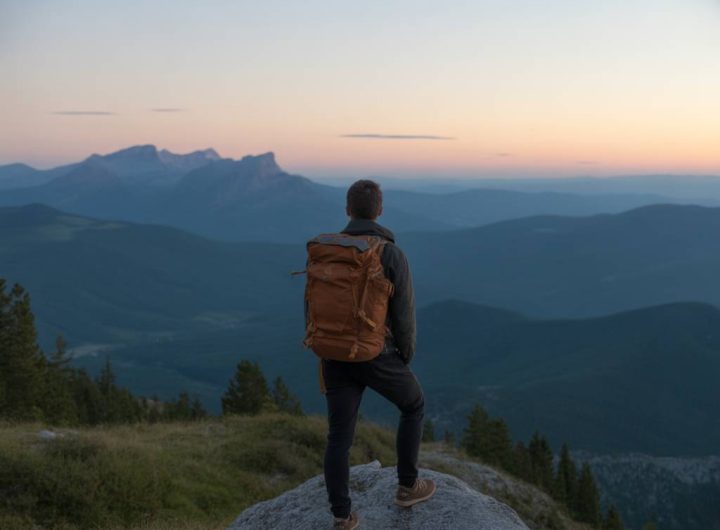 Microaventures près de chez vous : comment vivre l’aventure sans quitter votre région
Microaventures près de chez vous : comment vivre l’aventure sans quitter votre région 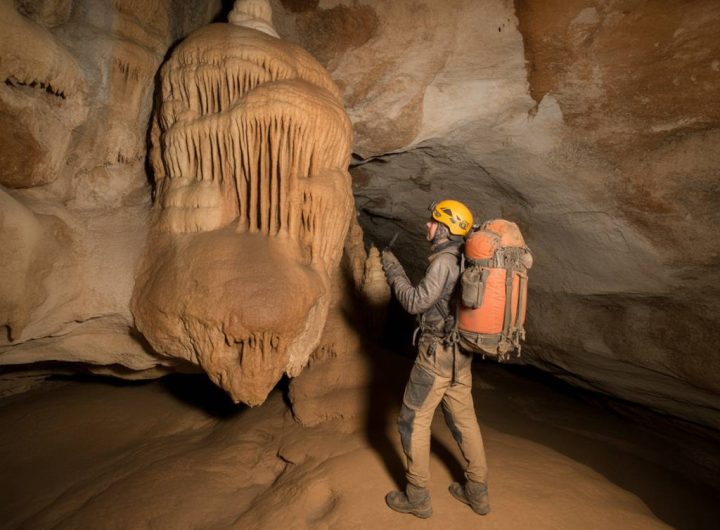 Caving Adventures: Exploring the World’s Most Fascinating Underground Destinations
Caving Adventures: Exploring the World’s Most Fascinating Underground Destinations  Exploring Volcanic Landscapes: Top Adventure Destinations Around Active Volcanoes
Exploring Volcanic Landscapes: Top Adventure Destinations Around Active Volcanoes 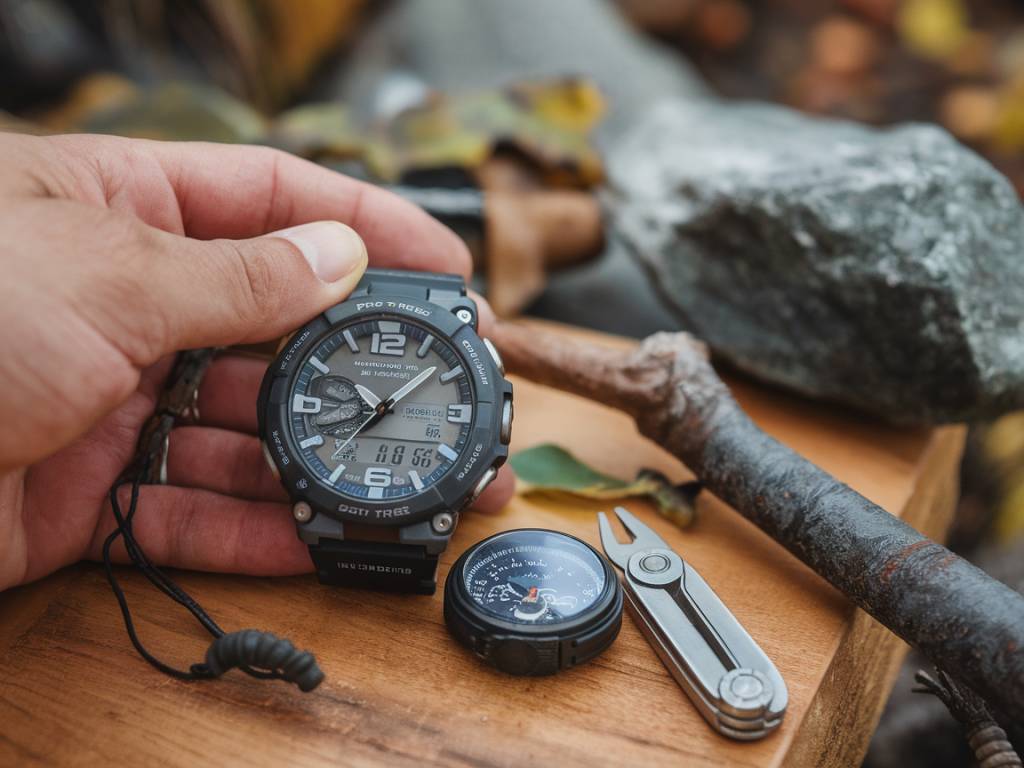 Top 5 adventure watches with gps and survival features
Top 5 adventure watches with gps and survival features  How to choose the right adventure clothing for every climate
How to choose the right adventure clothing for every climate 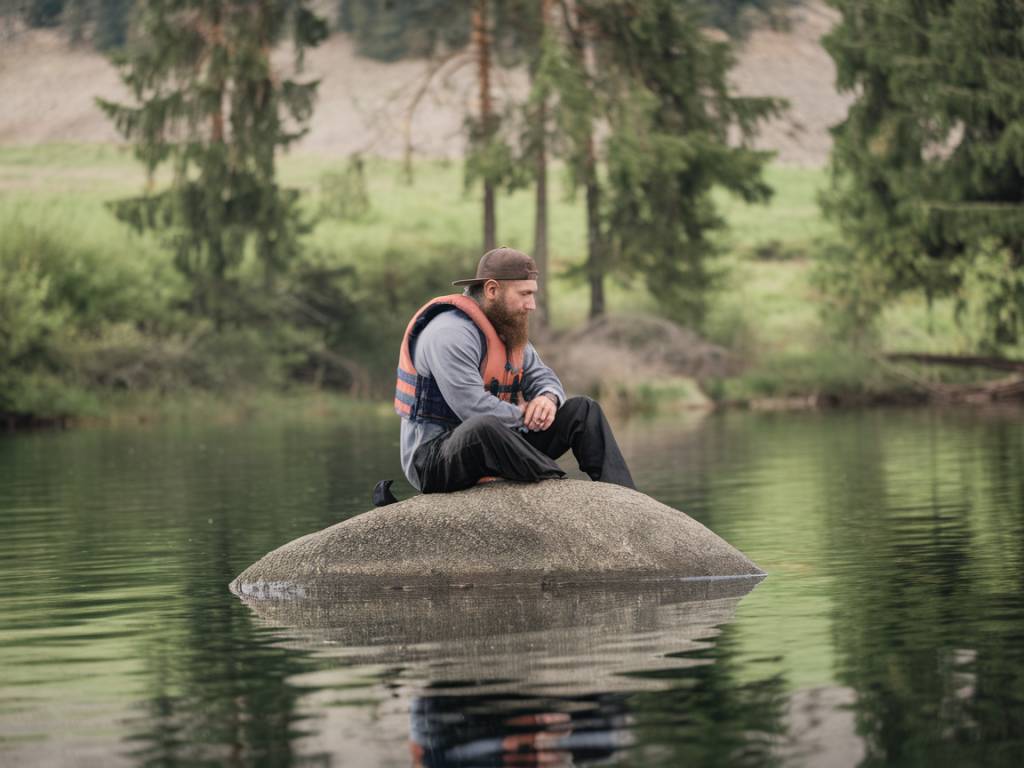 Planning a successful off-grid adventure: what you need to know
Planning a successful off-grid adventure: what you need to know 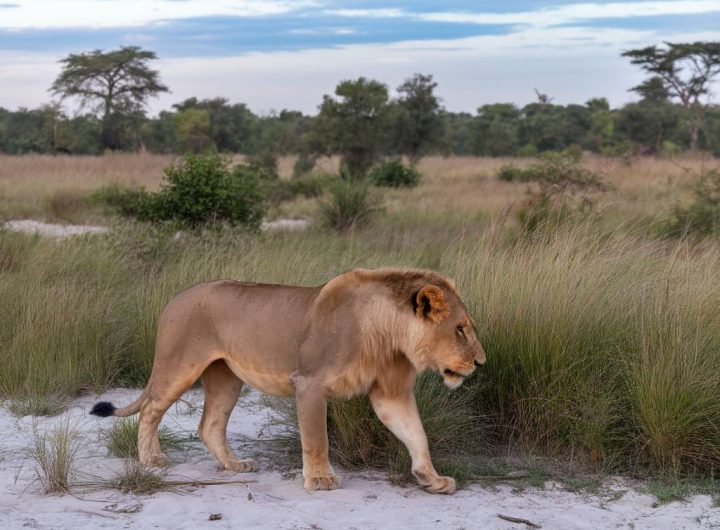 Best African safari destinations: top 5 experiences in Africa
Best African safari destinations: top 5 experiences in Africa